Business
Surely you have already heard that considerable electricity cost savings can be achieved with a PV system, possibly in combination with a storage system. This is also attractive again in Germany, according to the EEG 2023 up to a system size of 1 MWp.
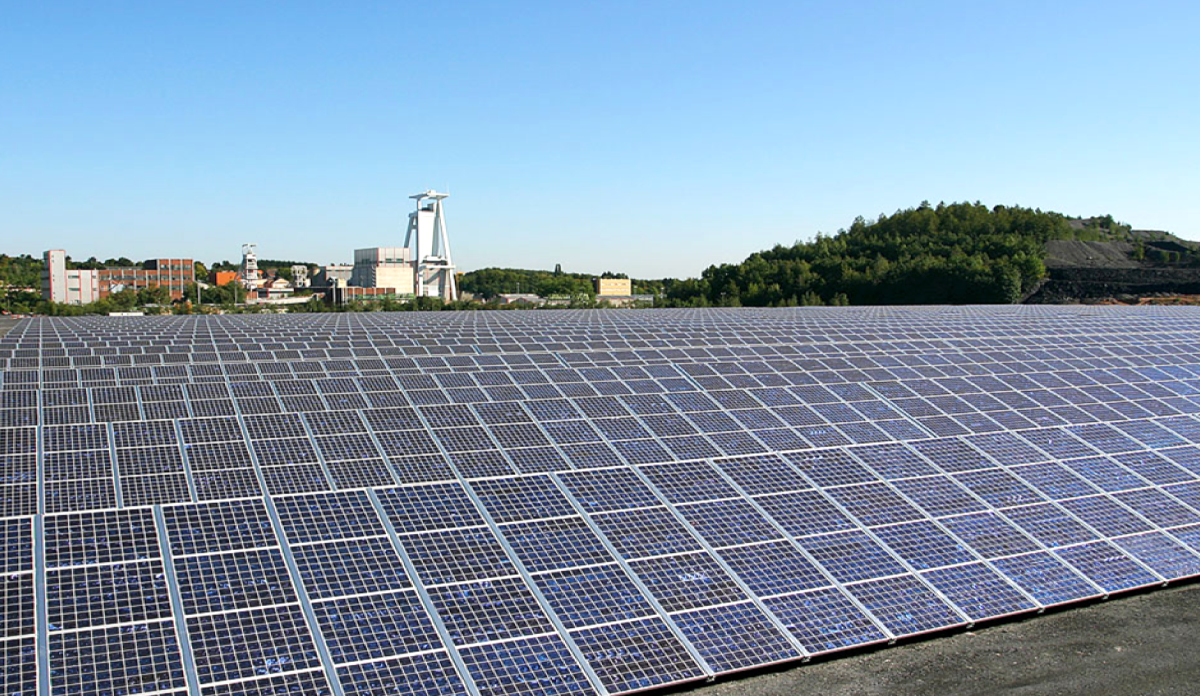
1 MWp corresponds to a roof area of up to approx. 6500 m² for pitched roofs and up to approx. 10000 m² for flat roofs. Smaller is also possible, of course. The right system size depends on which implementation variant is the most economical in your case.
For systems up to 100 kWp, a feed-in tariff in accordance with the EEG is paid for the electricity from the PV system that is not consumed by the user. For attachments > 100 kWp, the direct marketing of the surplus electricity is absolutely necessary!
There are basically four options for implementation:
- full grid feed
- Combination, grid feed-in, with partial self-consumption, without storage
- Combination, grid feed-in, with partly high self-consumption, with storage
- Lease of the roof area to an investor
The higher the share of self-consumption, the greater the possible cost savings and the degree of self-consumption is, since this PV electricity does not have to be obtained from the power grid and is often considerably cost-effective, as the network reference. This must be checked on an object basis.
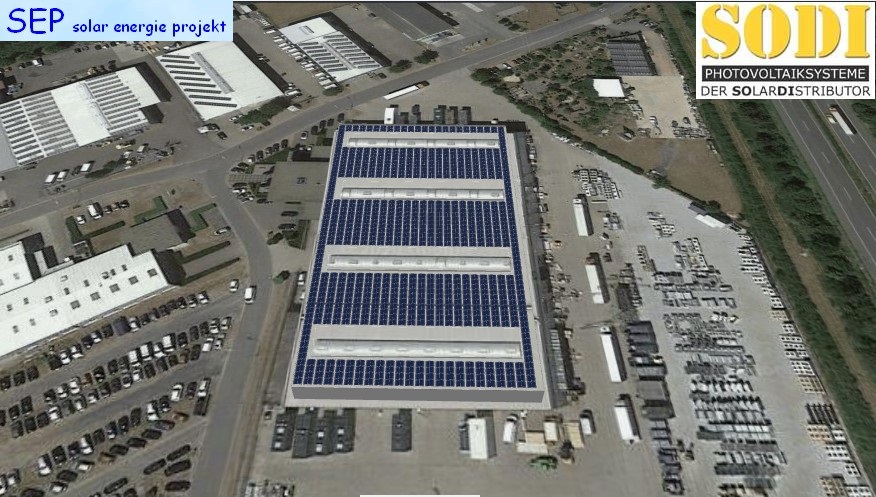
The following example image illustrates the principle, but for small systems up to 10 kWp.
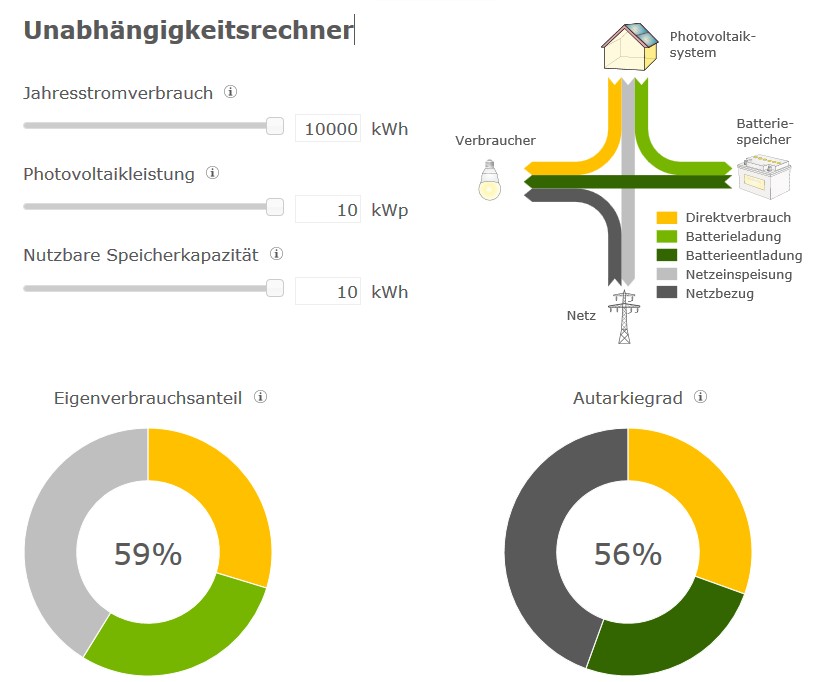
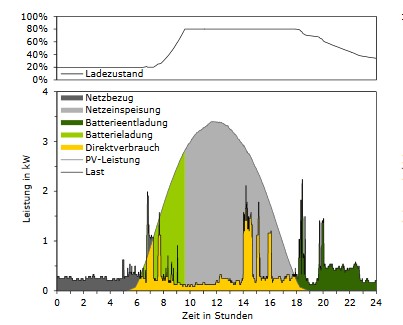
Without storage, self-consumption of approx. 25% - 45% can be achieved, possibly a little more, with storage, self-consumption of up to approx. 60% or more, here with small systems up to 10 kWp.
On a commercial scale, the proportion of self-consumption depends crucially on the customer-specific parameters such as:
- Annual electricity consumption of the customer
- Customer's annual electricity costs
- Price / kWh for the customer's current electricity consumption
- Load - Customer power consumption profile
- peak load
- Size of the PV system in relation to power consumption
- Proportion of PV power to feed into the grid
The entire system is designed customer-specifically according to the relevant parameters.
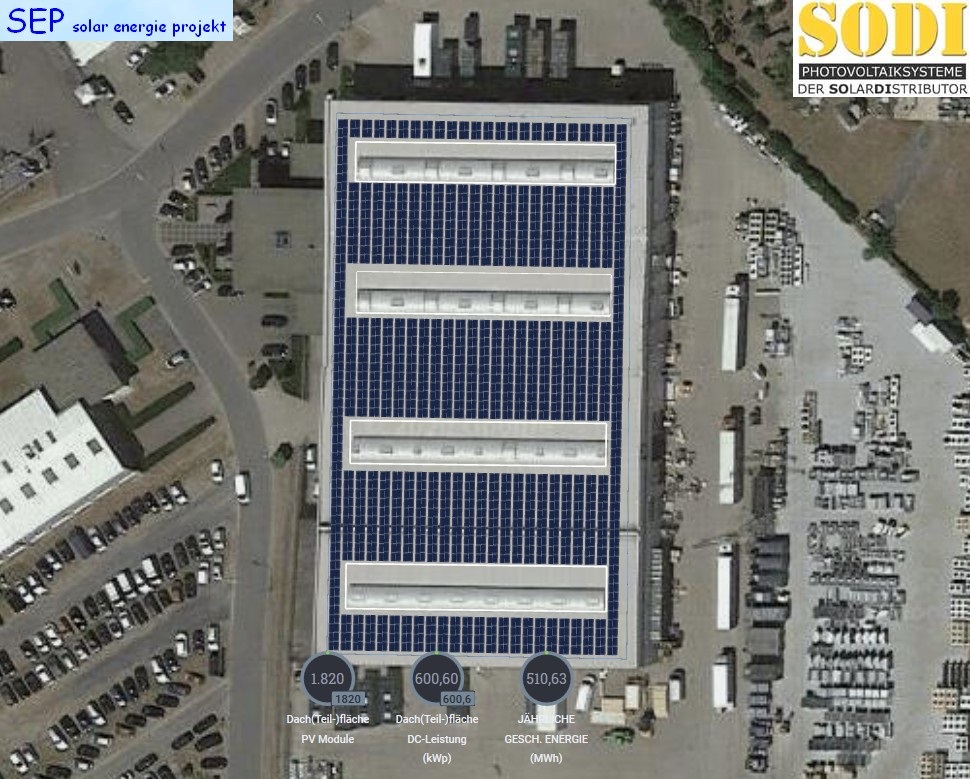
With the necessary key data of the object, a profitability forecast can also be created.
Sample:
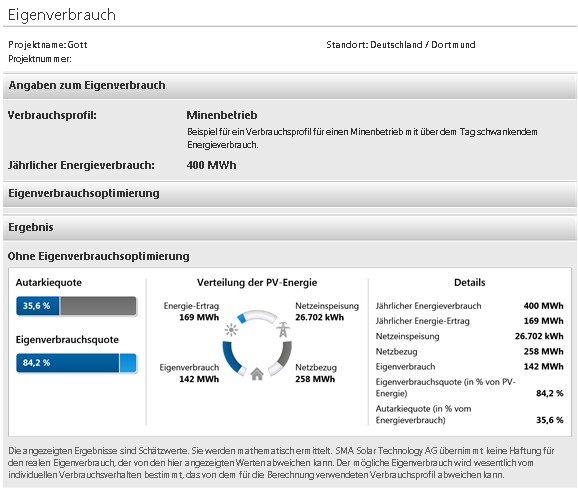
We have been working with the following well-known manufacturers for several years:
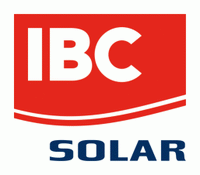


https://pv.de

Also with the storage manufacturer approved by SMA for industrial storage, TesVolt.

Another important criterion is the statics of the building, i.e. what is the maximum load on the roof caused by the photovoltaic system?
We would be happy to check whether an investment in a PV system, possibly with storage, on your building is worthwhile for you!!!
Here are the possible benefits:
- Profitable investment
- Reduction of operating costs
- Peak load shaving possible
- high degree of self-sufficiency
- Self-power supply
- greater independence from energy costs and cost increases
- the kWh / hourly price of the PV system remains constant during the 20 years and more of operating time.
- Contribution to decentralized energy supply
- Contribution to environmental protection
- sustainable investment
